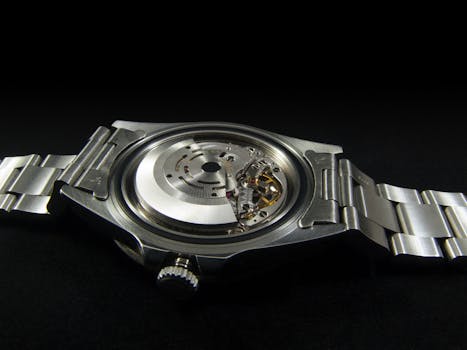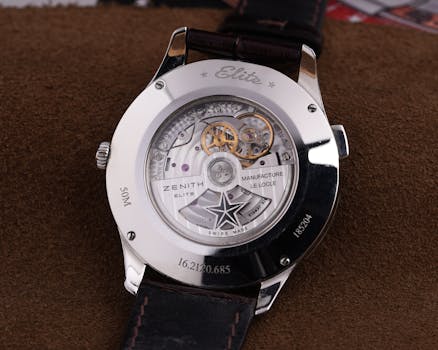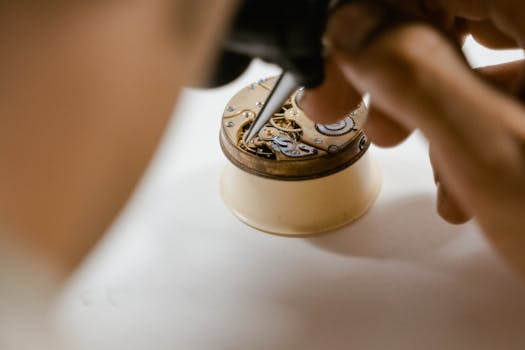
Exploring the Intricacies of Watch Movements: A Comprehensive Guide
Takeaways:
- Understanding the three primary types of watch movements: mechanical, quartz, and automatic.
- Recognizing the advantages and disadvantages of each type.
- Appreciating the craftsmanship and technology behind horology.
Watches are more than just time-telling devices; they are intricate pieces of art and engineering. At the heart of every watch lies its movement, which dictates functionality, precision, and even the charm of the timepiece. In this article, we will explore the different types of watch movements, delving into the details of mechanical, quartz, and automatic mechanisms.
Understanding Mechanical Watch Movements

Hand-Wound Movements
Hand-wound mechanical watches are powered by a mainspring, which must be wound manually. This process involves turning the crown of the watch to tighten the mainspring, allowing it to store energy. As the mainspring unwinds, it releases energy at a controlled rate, powering the watch’s movement. The beauty of hand-wound watches lies in their simplicity and the tactile experience of winding them.
Automatic Movements
Automatic movements, also known as self-winding movements, are a step forward in mechanical watch technology. They contain a rotor that moves with the wearer’s wrist motion, automatically winding the mainspring. This means wearers of automatic watches don’t need to wind them manually, as long as they wear them regularly. Automatic watches combine precision, craftsmanship, and convenience, making them a popular choice among watch enthusiasts.
Advantages and Disadvantages of Mechanical Movements
Mechanical movements offer several advantages, such as:
- Artistic craftsmanship: Mechanical watches are often considered more prestigious due to their intricate designs and the skill required to make them.
- Longevity: With proper care, mechanical watches can last for generations, often becoming heirlooms.
However, they also have some drawbacks:
- Maintenance: Mechanical movements require regular servicing to ensure they operate accurately.
- Accuracy: While they can be highly accurate, they are generally less precise than quartz movements.
The Rise of Quartz Movements

Advantages of Quartz Movements
Quartz movements have become the standard for many watches due to their numerous benefits:
- Accuracy: Quartz watches are known for their precision, often only losing a few seconds per month.
- Low maintenance: Unlike mechanical watches, quartz watches require less upkeep and are generally more affordable.
- Variety: Quartz technology allows for a wider range of styles, sizes, and functionalities.
Disadvantages of Quartz Movements
Despite their advantages, quartz movements do have some limitations:
- Less craftsmanship: Many watch enthusiasts view quartz watches as less desirable due to their mass production and lack of intricate mechanical parts.
- Battery dependency: Quartz watches require battery replacements, which can be inconvenient.
Automatic vs. Quartz: Which is Better?

Hybrid Movements: The Best of Both Worlds
In recent years, hybrid movements have emerged, combining the best features of both automatic and quartz technologies. For example, some brands have developed kinetic movements, which use the motion of the wearer to generate power while incorporating quartz technology for accuracy. These innovations continue to push the boundaries of horology and offer exciting options for watch enthusiasts.
Final Thoughts on Watch Movements







